The Library of Consciousness
of Consciousness
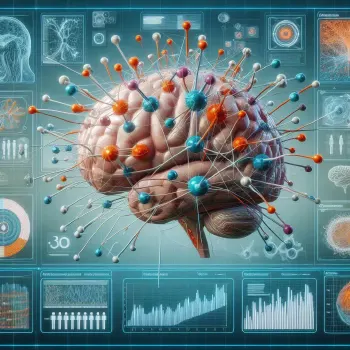
The intense and singular states of awareness triggered by viewing the Earth from space provide a new context in which to explore awe-inspiring stimuli, their psychological effects, and individual differences in sensitivity to such potentially transformative experiences.
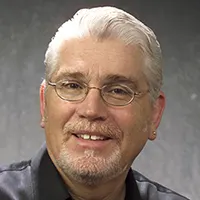
2016

Neuroscience is the scientific study of the nervous system. The human brain is made up of approximately 86 billion neurons that communicate through electrical and chemical signals. Understanding how the neurons connect and function to generate thoughts, behaviors, memories, and feelings is the fundamental aim of neuroscience research.
Major topics in neuroscience include neural development, neural plasticity, neurochemistry, computational neuroscience, and behavioral neuroscience. Technologies like MRI scanning and transgenic model organisms allow neuroscientists to study the living brain down to the level of a single neuron. Applying findings from neuroscience research has implications for better understanding and potentially treating neurological and psychiatric disorders like Alzheimer’s disease, Parkinson’s disease, depression, and schizophrenia. The interdisciplinary nature of neuroscience bridges biology, psychology, medicine, computer science, engineering, economics, and more to more fully elucidate the complexity of the human brain.

A Beautiful Loop
An Active Inference Theory of Consciousness
Laukkonen and Chandaria propose that consciousness arises from a recursive brain process involving three key elements: a reality model, competitive inferences reducing uncertainty, and a self-aware feedback loop. This framework explains various states of awareness, including meditation, psychedelic experiences, and minimal consciousness. It also offers insights into artificial intelligence by connecting awareness to self-reinforcing predictions. The authors’ theory suggests that consciousness emerges when the brain’s reality model becomes self-referential, creating a “knowing itself” phenomenon. This recursive process underlies different levels of conscious experience and potentially informs AI development.

Buddhism, The Only Real Science
Brahm argues that modern science has become dogmatic, unlike Buddhism’s humble search for truth. He humorously derides scientists’ arrogance while praising Buddhism’s rigorous objectivity and avoidance of biases. Quantum theory reveals reality as uncertain, not fixed measurements. Ultimately, the mind transcends material reality—the world fits inside it, not vice versa. Buddhism keeps science’s empiricism while avoiding its blinkered materialism, making it the true “science of mind.”

Could a Large Language Model be Conscious?
Within the next decade, we may well have systems that are serious candidates for consciousness. An edited version of a talk given at the conference on Neural Information Processing Systems (NeurIPS), with some minor additions and subtractions.

DMT and Integrated Information Theory
Neuroscientist Christof Koch’s 5-MeO-DMT experience, marked by self-dissolution and “terror and ecstasy,” sparks a deep discussion on consciousness, Integrated Information Theory (IIT), and reality. IIT suggests consciousness is non-computable and may exist beyond individual brains, potentially forming higher-order minds. Koch inquires whether his psychedelic journey was a mere brain state or a glimpse into a universal mind.

Hard Problem of Consciousness
Philosopher David Chalmers on the combination problem, dualism, and panpsychism.
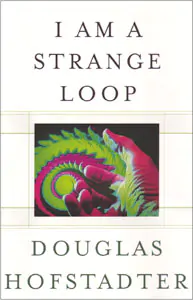
I Am A Strange Loop
Douglas Hofstadter examines in depth the concept of a strange loop to explain the sense of "I".
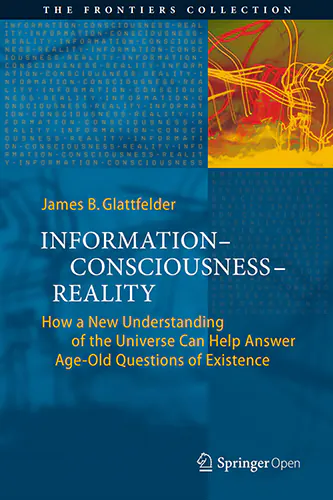
Information — Consciousness — Reality
How a New Understanding of the Universe Can Help Answer Age-Old Questions of Existence
This open access book chronicles the rise of a new scientific paradigm offering novel insights into the age-old enigmas of existence. Over 300 years ago, the human mind discovered the machine code of reality: mathematics. By utilizing abstract thought systems, humans began to decode the workings of the cosmos. From this understanding, the current scientific paradigm emerged, ultimately discovering the gift of technology. Today, however, our island of knowledge is surrounded by ever longer shores of ignorance. Science appears to have hit a dead end when confronted with the nature of reality and consciousness. In this fascinating and accessible volume, James Glattfelder explores a radical paradigm shift uncovering the ontology of reality. It is found to be information-theoretic and participatory, yielding a computational and programmable universe.
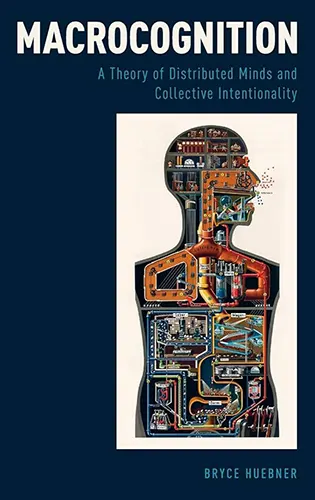
Macrocognition
A Theory of Distributed Minds and Collective Intentionality
Bryce Huebner develops a novel approach to distributed cognition and collective intentionality, arguing that genuine cognition requires the capacity for flexible, goal-directed behavior enabled by integrated representational systems. It posits that collective mentality should be ascribed where specialized subroutines are integrated to yield group-relevant, goal-directed behavior. The approach reveals that there are many kinds of collective minds, some more akin to those of honeybees or cats than humans. It challenges traditional notions of collective intentionality, suggesting that groups are unlikely to be "believers" in the fullest sense, shedding new light on questions of collective intentionality and responsibility.
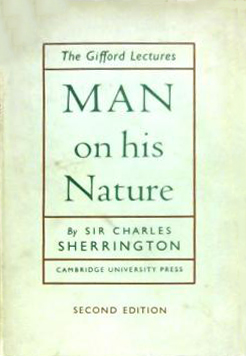
Man on his Nature
Sherrington had long studied the 16th century French physician Jean Fernel, and grew so familiar with him that he considered him a friend. In the years of 1937 and 1938, Sherrington delivered the Gifford lectures at the University of Edinburgh; these focused on Fernel and his times, and came to form the principal content of Man on His Nature. The book was released in 1940, and a revised edition came out in 1951. It explores philosophical thoughts about the mind, the human existence, and God, in connection with natural theology. In his ideas on the mind and cognition, Sherrington introduced the idea that neurons work as groups in a "million-fold democracy" to produce outcomes rather than with central control.
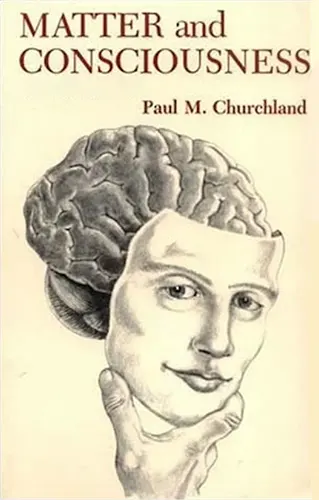
Matter and Consciousness
A Contemporary Introduction to the Philosophy of Mind
In Matter and Consciousness, Paul Churchland clearly presents the advantages and disadvantages of such difficult issues in philosophy of mind as behaviorism, reductive materialism, functionalism, and eliminative materialism. Churchland organizes and clarifies the new theoretical and experimental results of the natural sciences for a wider philosophical audience, observing that this research bears directly on questions concerning the basic elements of cognitive activity and their implementation in real physical systems. (How is it, he asks, that living creatures perform some cognitive tasks so swiftly and easily, where computers do them only badly or not at all?) Most significant for philosophy, Churchland asserts, is the support these results tend to give to thereductive and the eliminative versions of materialism.

Mind As Society
Conscious intelligence may be viewed as a computer system composed of many smaller parallel processing programs. Marvin Minsky, Ph.D., is one of the acknowledged founders of the mathematical theory of computation, artificial intelligence, and robotics. He argues that understanding the individual as a very sophisticated machine actually affirms human dignity.

Mind Outside Brain
A Radically Non-Dualist Foundation for Distributed Cognition
We approach the problem of the extended mind from a radically non-dualist perspective. The separation between mind and matter is an artefact of the outdated mechanistic worldview, which leaves no room for mental phenomena such as agency, intentionality, or feeling. We propose to replace it by an action ontology, which conceives mind and matter as aspects of the same network of processes. By adopting the intentional stance, we interpret the catalysts of elementary reactions as agents exhibiting desires, intentions, and sensations. Autopoietic networks of reactions constitute more complex super-agents, which moreover exhibit memory, deliberation and sense-making. In the specific case of social networks, individual agents coordinate their actions via the propagation of challenges. The distributed cognition that emerges from this interaction cannot be situated in any individual brain. This non-dualist, holistic view extends and operationalises process metaphysics and Eastern philosophies. It is supported by both mindfulness experiences and mathematical models of action, self-organisation, and cognition.

Mushrooms, Evolution, and the Millennium
Terence McKenna asks the fundamental question concerning natural hallucinogens: is it an accident of nature that certain plants and mushrooms can alter human awareness in profound ways? He argues that man and hallucinogenic plants and mushrooms have co-evolved. These botanicals provide a way for people to experience their spiritual nature, and throughout history have been used by shamans whose function is to enter altered states in order to perceive the spiritual causes behind ordinary reality. Delivered at the Masonic Temple during a gathering of the Los Angeles Mycological Society.

Reality Isn't
What if the way our senses perceive reality is not at all representative of its true nature, but rather a highly abstracted interface? Donald Hoffman is working on a mathematical theory to find out.

Realizing Human Potential
What untapped gifts lie dormant within us? Aldous Huxley digs for hidden treasure in the human psyche. He proposes mining the world's traditions to unearth practical techniques for actualizing our latent potential. From revamping education for enhanced perception and creativity, to fostering awareness and kindness, Huxley lays out a thought-provoking vision for human flourishing.

Ripples and Puddles
Robotics pioneer Hans Moravec traces the evolution of artificial intelligence, contrasting the "shallow ripples" of reasoning programs with the "deep puddles" of perception systems. Though reasoning AIs currently outperform humans on some tasks, Moravec contends they cannot match the murky depths of the subconscious mind. Instead, he foresees a new generation of increasingly capable consumer robots, their lizard- then mammal-like brains modeled on biology. Passing through stages akin to evolution, Moravec argues market forces will drive these machines to one day exceed human intelligence.

Rise of the Robots
By 2050 robot "brains" based on computers that execute 100 trillion instructions per second will start rivaling human intelligence.

Sacred Plants as Guides
New Dimensions of the Soul
Terence McKenna takes us on a journey through history, exploring the powerful role of psychedelic plants in human evolution and consciousness. He argues that these plants offer a gateway to hidden realms of reality, inhabited by enigmatic entities and offering profound insights. Reconnecting with these ancient allies could be the key to solving our modern problems and unlocking a brighter future for humanity.

Speaking Metaphorically
Terence McKenna explores how psychedelics can alter language and consciousness, unlocking a transformative phenomenon at the heart of human evolution. He envisions a shift towards a visible, gestalt-like language of meaning that will profoundly reshape culture, enabling our species to transcend earthly confines and venture into the cosmos. Proposing psychedelics as a pheromonal regulator for collective consciousness, McKenna suggests this archaic linguistic revolution holds the keys to our future, bridging the gap between nature and technology in ways that could determine the very destiny of humanity.

Terence McKenna’s Final Esalen Gathering
Less than a week after undergoing brain surgery in which part of his skull was removed, Terence appeared one last time at Esalen to talk about his confrontation with mortality.
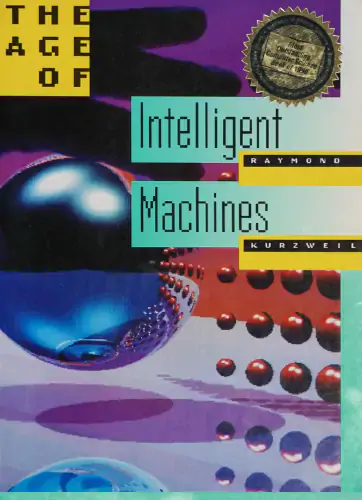
The Age of Intelligent Machines
Inventor and visionary computer scientist Ray Kurzweil probes the past, present, and future of artificial intelligence, from its earliest philosophical and mathematical roots to tantalizing glimpses of 21st-century machines with superior intelligence and truly prodigious speed and memory. Generously illustrated and easily accessible to the nonspecialist, this book provides the background needed for a full understanding of the enormous scientific potential represented by intelligent machines as well as their equally profound philosophic, economic, and social implications.
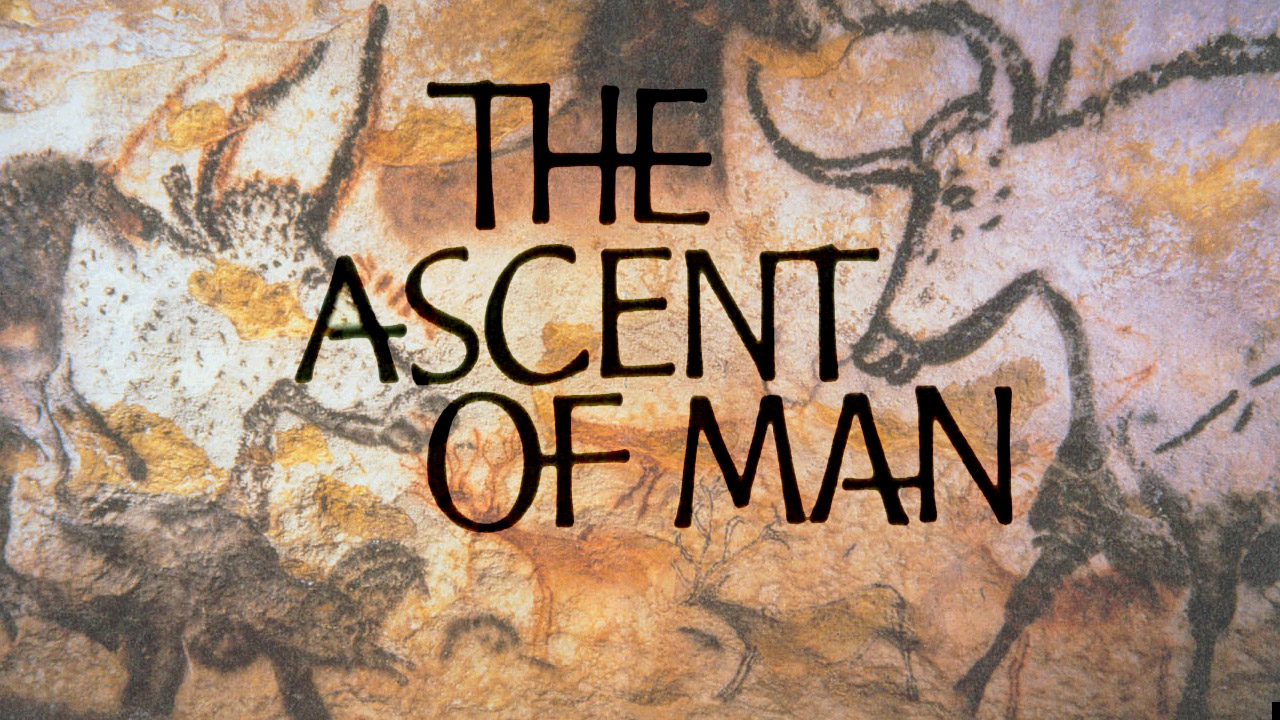
The Long Childhood
The Ascent Of Man, Episode 13
In this final episode, Bronowski—poet, playwright, mathematician, philosopher—draws together many threads of the series. He takes stock of man's complex, sometimes precarious, ascent, and argues that man's growth to self-knowledge is the longest childhood of all.

The Coming Technological Singularity
How to Survive in the Post-Human Era
Within thirty years, we will have the technological means to create superhuman intelligence. Shortly after, the human era will be ended. Is such progress avoidable? If not to be avoided, can events be guided so that we may survive? These questions are investigated. Some possible answers (and some further dangers) are presented.
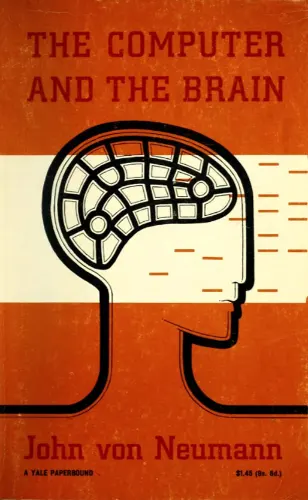
The Computer and the Brain
John von Neumann's unfinished book, begun shortly before his death and published posthumously. He discusses how the brain can be viewed as a computing machine, touching on several important differences between brains and computers of his day (such as processing speed and parallelism), as well as suggesting directions for future research.

The Integrated Information Theory of Consciousness
The science of consciousness has made great strides by focusing on the behavioral and neuronal correlates of experience. However, such correlates are not enough if we are to understand even basic facts. Moreover, correlates are of little help in many instances where we would like to know if consciousness is present: patients with a few remaining islands of functioning cortex, pre-term infants, non-mammalian species, and machines that are rapidly outperforming people at driving, recognizing faces and objects, and answering difficult questions. To address these issues, we need a theory of consciousness–one that says what experience is and what type of physical systems can have it.
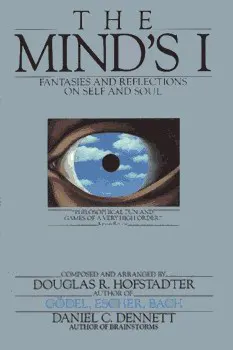
The Mind's I
Fantasies and Reflections on Self and Soul
Brilliant, shattering, mind-jolting, The Mind's I is a searching, probing cosmic journey of the mind that goes deeply into the problem of self and self-consciousness as anything written in our time. From verbalizing chimpanzees to scientific speculations involving machines with souls, from the mesmerizing, maze-like fiction of Borges to the tantalizing, dreamlike fiction of Lem and Princess Ineffable, her circuits glowing read and gold, The Mind's I opens the mind to the Black Box of fantasy, to the windfalls of reflection, to new dimensions of exciting possibilities.
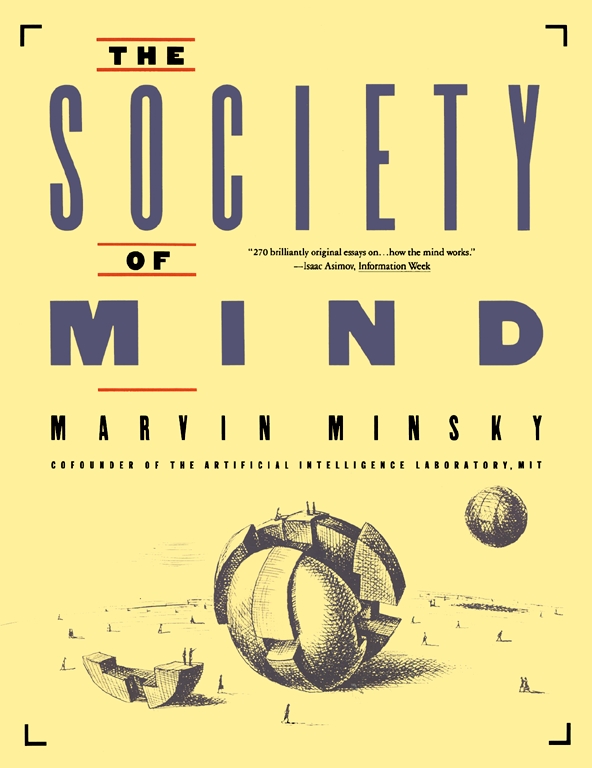
The Society of Mind
Marvin Minsky (one of the fathers of computer science and cofounder of the Artificial Intelligence Laboratory at MIT) gives a revolutionary answer to the age-old question: How does the mind work? Minsky brilliantly portrays the mind as a 'society' of tiny components that are themselves mindless. Mirroring his theory, Minsky boldly casts The Society of Mind as an intellectual puzzle whose pieces are assembled along the way. Each chapter, presented on a self-contained page, corresponds to a piece in the puzzle. As the pages turn, a unified theory of the mind emerges, like a mosaic. Ingenious, amusing, and easy to read, The Society of Mind is an adventure in imagination.

The Universe in Consciousness
Imagine a world where everything is connected by a single mind: Bernardo Kastrup argues that reality is fundamentally mental, not physical. He suggests that what we perceive as individual consciousness is actually fragments of a universal consciousness. Kastrup challenges the mainstream view of materialism, proposing instead that the mind is the primary substance of the universe. By integrating concepts from psychology, neuroscience, and philosophy, he presents a compelling case for a mental universe, urging us to rethink our understanding of reality.

The Value of Psychotic Experience
Watts questions society’s rigid definitions of sanity and madness, arguing we should embrace diverse states of consciousness rather than forcibly conform people. Drawing from Zen and Eastern thought, he advocates a humble, curious approach to the human condition, eschewing the search for grand, predetermined meanings. Instead, Watts encourages simply being present and attentive to the spontaneity of existence, free from the narrow constraints of societal norms and expectations. He cautions against dismissing the nonconformist as “sick,” urging an open-minded tolerance of life’s variations.

Touched by the Tremendum
Terence McKenna suggests ancient African societies used psychedelic mushrooms in communal rituals, leading to reduced ego and increased cooperation. When climate change disrupted this harmony, it pushed humans into the “nightmare of history” dominated by ego and competition. McKenna advocates for reconnecting with psychedelics, particularly psilocybin and DMT, as tools for dissolving ego-boundaries and potentially saving our planet from ecological crisis. The talk concludes with a lively debate about the practicality of his vision.

What is it Like to be a Thermostat?
Commentary on Dan Lloyd, “What is it Like to Be a Net?”
Could a simple thermostat possess consciousness? Philosopher David Chalmers believes it's possible. He compares connectionist networks to mundane thermostats, finding uncanny similarities in how they process information. This suggests thermostats could model basic conscious experience, if we accept certain criteria. Chalmers argues complexity alone cannot explain awareness. Though advanced artificial networks mimic consciousness, some essence eludes. He concludes we must look beyond connectionist models, seeking deeper laws not yet conceived, as we continue our quest to unveil the very essence of consciousness.

Why Is Anything Conscious?
This paper tackles the hard problem of consciousness by exploring how biological systems evolve to interpret the world. The authors argue that natural selection makes organisms self-organize into systems that feel, learn, and act—starting with basic self-awareness and climbing to complex human-level understanding. Their bold claim? Consciousness isn't an add-on but a deep, essential part of how life adapts to survive.

Why a Science of Mind Implies the Transcendence of Nature
God and Computers: Minds, Machines, and Metaphysics (Part 5)
Have you ever wondered how your brain creates your conscious experience? Francisco Varela explores the intersection of science and spirituality, offering a fresh perspective on the age-old mind-body problem. Drawing inspiration from Buddhist teachings, he argues that our everyday human experience is the key to unlocking the mysteries of consciousness. Varela proposes a research program called neurophenomenology, which aims to bridge the gap between brain activity and subjective experience. Through engaging examples and insightful explanations, he demonstrates how the exploration of consciousness can lead to both scientific advancements and a deeper understanding of ourselves.

Wider Than the Sky
The Phenomenal Gift of Consciousness
How does the firing of neurons give rise to subjective sensations, thoughts, and emotions? How can the disparate domains of mind and body be reconciled? The quest for a scientifically based understanding of consciousness has attracted study and speculation across the ages. In this direct and non-technical discussion of consciousness, Dr. Gerald M. Edelman draws on a lifetime of scientific inquiry into the workings of the brain to formulate answers to the mind-body questions that intrigue every thinking person. Concise and understandable, the book explains pertinent findings of modern neuroscience and describes how consciousness arises in complex brains. Edelman explores the relation of consciousness to causation, to evolution, to the development of the self, and to the origins of feelings, learning, and memory. His analysis of the brain activities underlying consciousness is based on recent remarkable advances in biochemistry, immunology, medical imaging, neuroscience, and evolutionary biology, yet the implications of his book extend farther―beyond the worlds of science and medicine into virtually every area of human inquiry.

World as Consciousness
Alan Watts guides us through Mahayana Buddhism to reveal that the world is not something we passively witness, but something we actively create—moment by moment. Wake up: reality is now, consciousness is all, and you are the dance itself.